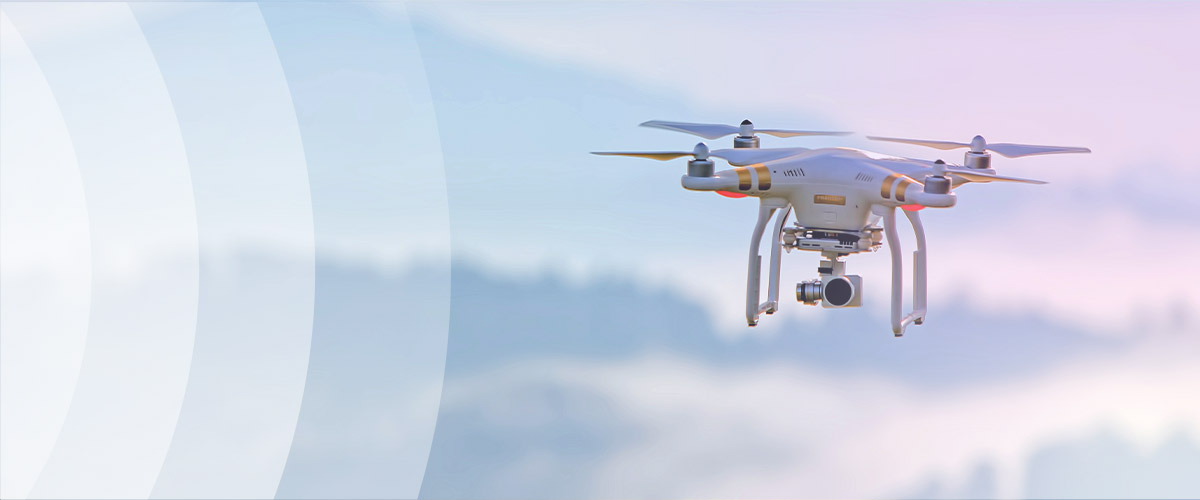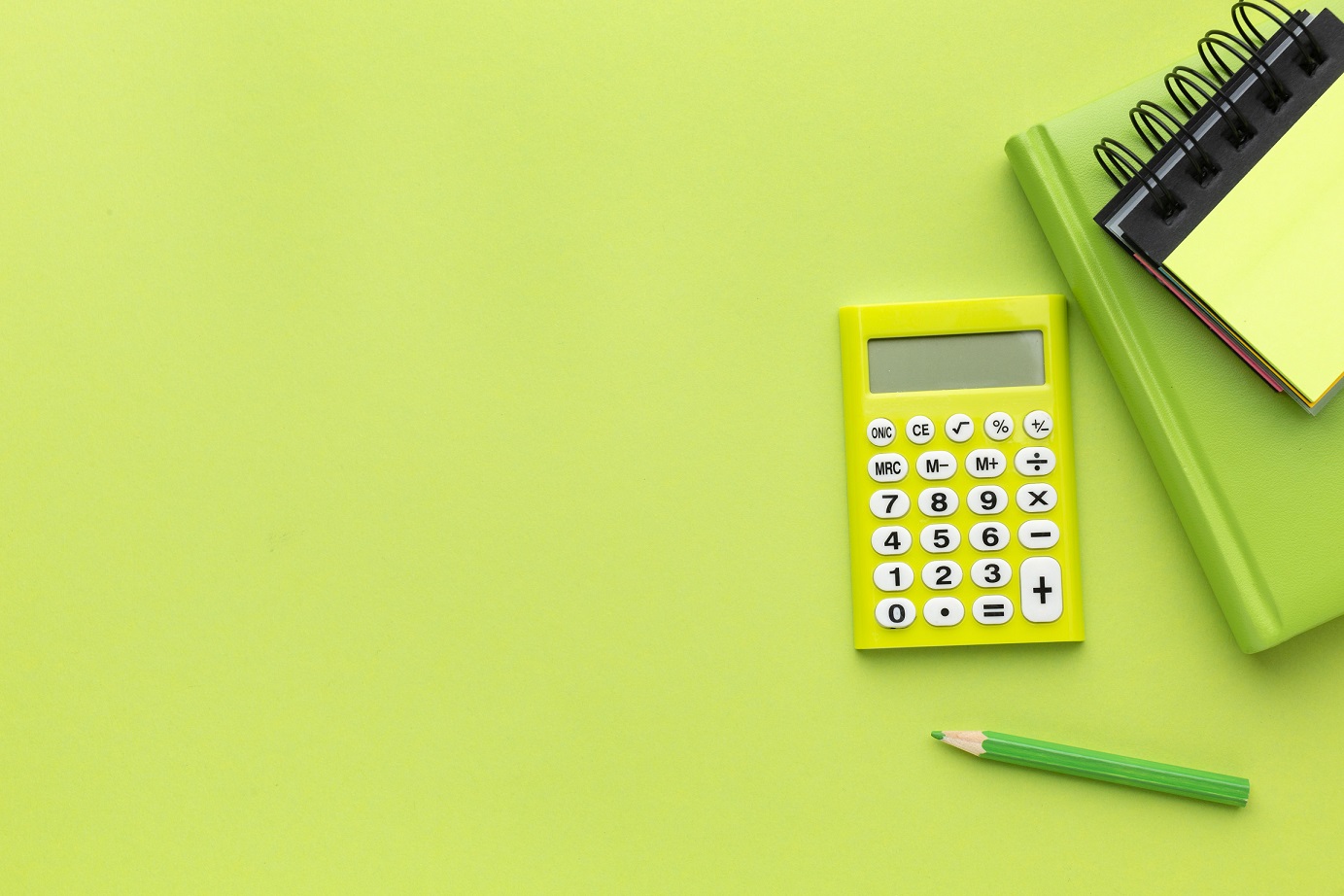
The Unmanned Aircraft System Rules, 2021
INTRODUCTION
After a breakthrough technological revolution around the globe, Drones are a quick conveyance of the future to the present. The variety of applications drones have had is astounding, from easy drone photography to delivering tiny payloads from one place to another. The list is certainly endless. Primarily, drones are small, agile, and accessible in areas that are inaccessible for humans. Their use for spraying pesticides and putting in sensors deep within the jungles for forest observation are exemplars of its capabilities.
The Central Government (Ministry of Civil Aviation) notified The Unmanned Aircraft System Rules, 2021 (“UAS Rules”), which came into force on 12th March 2021.
APPLICABILITY
These rules shall apply to, or in respect of Unmanned Aircraft System (“UAS”) for civil aviation purposes only:
- UAS registered in India, wherever they may be; or
- a person owning or possessing or engaged in exporting, importing, manufacturing, trading, leasing, operating, transferring, or maintaining an UAS in India; or
- all UAS for the time being in or over India.
Key feature of the UAS Rules is that, the provisions of the Aircraft Rules, 1937 does not apply to the new UAS and matters connected therewith or incidental thereto, unless its specifically mention in the UAS Rules.
CATEGORISATION AND CLASSIFICATION
Kinds of UAS:
- aeroplane,
- rotorcraft,
- and hybrid unmanned aircraft system
Sub-Categorisation:
- remotely piloted aircraft system,
- model remotely piloted aircraft system,
- autonomous unmanned aircraft system.
Types of Unmanned Aircrafts:
A. Nano Unmanned Aircrafts:
- Less than or equal to 250 grams.
- No license or permit is needed for such drones.
B. Micro and Small Unmanned Aircrafts:
- Microdrones weigh more than 250 grams but less than 2 kg, while Small drones are those weighing more than 2 kg but under 25 kg.
- Pilots of Micro and small drones require a UAS Operator Permit-I (“UAOP-I”) for all flying purposes. The drone pilots will have to follow the Standard Operating Procedure as mandated and accepted by the Directorate General of Civil Aviation (“DGCA”).
- The permit will allow the operation of such drones limited to the visual line of sight without any payload.
C. Medium and Large Unmanned Aircrafts:
- Medium drones weigh more than 25 kg but less than 150 kg, while large drones have been classified as those weighing more than 150 kg.
- For the operation of either one of them, one would require UAS Operator Permit-II (“UAOP-II”).
- UAOP-II holders can also use Micro and Small drones to carry goods subject to Operations Manual and clearances from DGCA. Both UAOP-I and UAOP-II will remain valid for not more than ten years.
- DGCA has also put-up conditions for flying such drones, and the pilots are required to abide by them. For instance, such drones cannot be flown within closed spaces. They also need prior clearance from Air Traffic and Air Defence Control before being flown.
TYPES AND ELIGIBILITY FOR DRONE (UNMANNED AIRCRAFT) PILOT LICENSES:
Two types of licences will determine the issuance of an operator’s permit. These are:
A. Student Remote Pilot License:
- The applicants should have passed class X or its equivalent examination; and
- Applicants are also required to clear a DGCA specified medical examination and a background check.
B. Remote Pilot License:
- The applicants should be of at least 18 years of age and not more than 65 years of age if flying a drone for commercial activity; and
- The applicants should have passed class X or its equivalent examination; and
- Applicants are also required to clear a DGCA specified medical examination and a background check; and
- Both UAOP-I and UAOP-II require a Remote Pilot License of appropriate class and category.
CONDITIONS FOR USING OF DRONE:
There are, indubitably, several restrictions even put on by the UAS Rules, even if one manages to obtain these licences and permits. The most obvious one is that no drones should fly over a Prohibited Area. Rules specifies Prohibited Area as ‘the airspace of defined dimensions, above the land areas or territorial waters of India within which the flights of unmanned aircraft are not permitted.’
Other than the area restrictions, there are limitations on the altitude and speed at which drones can be flown. These are mostly based on the type of drones. A Micro drone, for instance, cannot be flown beyond a height of 60 meters above ground level (“AGL”) or over a speed of 25 meters per second. The same restrictions for small drones stand at 120 meters AGL and 25 meters per second. Several areas have been added to restricted areas for drone operations:
- within a distance of 5 KM from the perimeter of international airports at Mumbai, Delhi, Chennai, Kolkata, Bengaluru, and Hyderabad; and
- within a distance of 3 KM from the perimeter of any civil, private or defence airport; and
- within 25 KM from the international border which includes Line of Control (LoC), Line of Actual Control (LAC) and Actual Ground Position Line (AGPL); and
- within 3 KM from the perimeter of military installations/ facilities/ where military activities/ exercises are being carried out unless clearance is obtained from the local military installation/facility; and
- within 2 KM from the perimeter of strategic locations/ vital installations notified by the Ministry of Home Affairs (“MHA”) unless clearance is obtained.
PENALTIES ON FAILURE OF COMPLIANCE
There are penalties prescribed under the new UAS Rules on several acts which are outside the scope and opposed to the said rules. These range from flying a drone without a licence and permit to flying them over prohibited areas.
Individuals flying any drone other than those in the Nano category, for instance, without a valid license or permit, will have to pay a fine of:
- Rs 25,000; and
- Flying an unmanned aircraft over no operation area will attract a penalty of Rs 50,000; and
- Such penalties extend up to Rs 5 lakh for the manufacturers of drones.
PSL OPINION/ ANALYSIS
The Indian Government’s emphasis on standard protocols by way of the new UAS Rules, will help many individuals and drone enthusiasts to undertake their educational and professional exercises in the field of drones. On the same front, the new UAS Rules also impose equivalent compliance requirements with even stricter penalties for use of unmanned aircraft for any unfortunate future use.
A caveat is apposite as the new rules venture into expansive territory of regulation and alter the framework substantially, which may be tough to navigate and create a restrictive environment from the growth of the industry. One surely hopes that the government will adopt a consultative approach looking into the prospects of the drones and its varied applications in general rather than a sceptic one.





